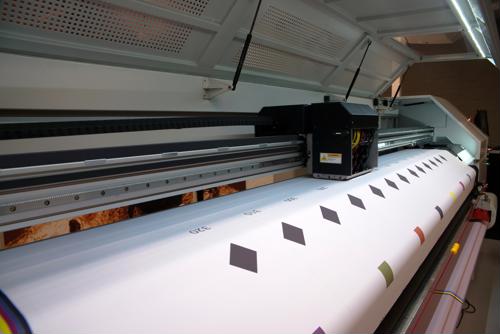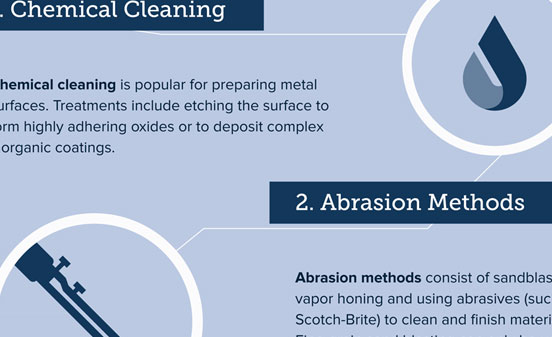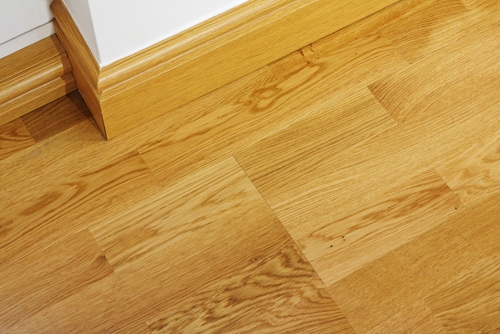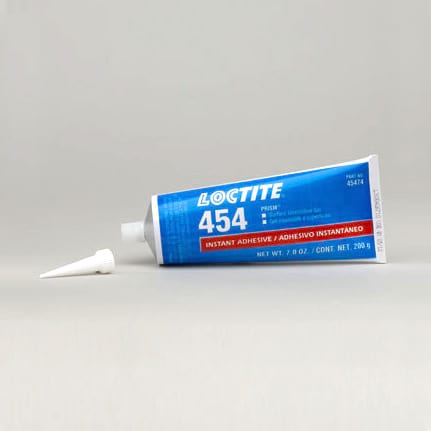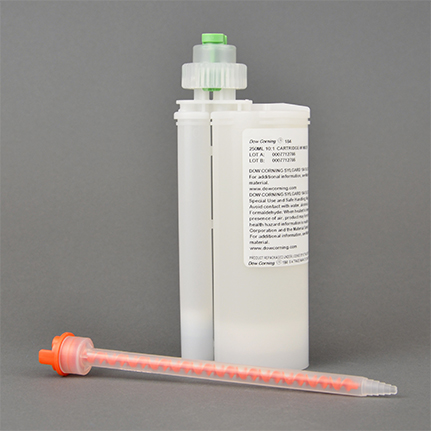

-
Description for PermaBond ET5429
A thixotropic two part adhesive with excellent resistance to impact and vibration. High shear and peel strength, high temperature resistance, good impact strength.Application Type Bond 1 Part or 2 Part 2-Part Material Form Liquid Substrate Composite materials, FRP Glass/Epoxy, Mild steel, Aluminium, Stainless steel, PA6 30% filled, PEEK, Polycarbonate, FRP Glass/Epoxy, PVC Industry Aerospace, Automotive, Boat Building, Trains, Wind turbines, Wave soldering, Trams Manufacturer PermaBond Chemistry Epoxy Cure Method 2-part cure, Heat cure Cure Temperature (°C) 23, 60 Gap Fill (in) <0.197 Cure Time (min) 4,320, 120 Viscosity (cPs) Controlled flow Color Charcoal black High Temperature Resistance (°C) High Low Temperature Resistance (°C) -40 -
Technical Data for PermaBond ET5429
Overview
-
Application Type
- Adhesive - Bond
-
1 Part or 2 Part
- 2-Part
-
Material Form
- Liquid
-
Substrate
- Glass - FRP Glass/Epoxy
- Steel - Mild steel
- Aluminum - Aluminium
- Epoxy - FRP Glass/Epoxy
- Polyamide - PA6 30% filled
- Polyetheretherketone (PEEK) - PEEK
- Polycarbonate
- Polyvinyl chloride (PVC) - PVC
- Composites - Composite materials
- Stainless Steel
-
Industry
- Wind Energy - Wind turbines
- Marine - Boat Building
- Rail - Trains, Trams
- Automotive
- Sporting Equipment
- Aerospace
- Electronics - Wave soldering
- Construction - Ideal for use in construction composite assemblies
- Other - Buildings, Shop fitting, Street furniture, Paint baking, Vertical applications, Gap filling applications
-
Chemistry
- Epoxy
-
Application Method
- Caulking gun - Application Gun
-
Cure Method
- Heat - Heat cure
- 2-Part Cure
-
Color
- Black - Charcoal black
Specifications
Cure Specs
Cure Temperature (°C) 23, 60 Test Method Gap Fill (in) <0.197 Cure Time (min) 4,320, 120 Test Method Viscosity (cPs) Controlled flow Fixture or Handling Strength Time (min) 360 to 600 Test Method Work / Pot Time (min) 120 to 240, 1,440, 60 Test Method Thixotropic Thixotropic Mix Ratio 2:1 (by volume), 2:1 (by weight) Bond Strength
Peel Strength (piw) High, 150-230 N/25mm Test Method Shear Strength (psi) High, 3,336 to 4,061, 3,771 to 4,496, 3,626 to 4,351, >3,626, >870, 2,611 to 3,191, 580 to 725, 580 to 870, >435, 435 to 580 Test Method Impact Strength (psi) Good, 30-40 (KJ/m²) Test Method Material Resistance
High Temperature Resistance (°C) High Impact Resistance Excellent resistance to impact Low Temperature Resistance (°C) -40 Vibration Resistance/Shock Resistance Excellent resistance to vibration Conductivity
Dielectric Strength (V/mil) 15-25 (kV/ mm) Test Method Hardness
Shore D Hardness 65 to 75 Test Method Elongation (%) <5 Test Method Other Properties
Glass Transition Temp (Tg) (°C) 50 Test Method Business Information
Shelf Life Temperature (°F) 41 to 77 Not Good For
Don't Use For Strong oxidizing materials -
-
Best Practices for PermaBond ET5429
-
Surface Preparation
Surfaces should be clean, dry and grease-free before applying the adhesive. Use a suitable solvent (such as acetone or isopropanol) for the degreasing of surfaces. Some metals such as aluminium, copper and its alloys will benefit from light abrasion with emery cloth (or similar), to remove the oxide layer.
-
Application
Easy to apply.
Dual cartridges: a) Insert the cartridge into the application gun and guide the plunger into the cartridge. b) Remove the cartridge cap and dispense material until both sides are flowing. c) Attach the static mixer to the end of the cartridge and begin dispensing the material.
2. Apply material to one of the substrates.
3. Join the parts. Parts must be joined within the usable pot life of mixing the two epoxy components.
4. Large quantities and/or higher temperature will decrease the usable life or pot life.
5. Apply pressure to the assembly by clamping until handling strength is obtained.
-
Curing
Full cure will be obtained after 72 hours at 23°C (73°F). Heat can be used to accelerate the curing process.
-
-
Comparable Materials for PermaBond ET5429
Spec Engine® Results
Closest Results from this Manufacturer
Popular Articles
Testing the effectiveness of surface treatments
Read ArticleInfographic: ENSURING A STRONG BOND - 6 Basic Methods of Surface Preparation
Read ArticleSponsored Articles
Unique Advantages of Contact Adhesives
Read ArticleUsing LOCTITE® 454™ is a Valid Option for Engineers Working with a Wide Variety of Materials
Read ArticleSylgard 184 by DOW is the Top Choice for a Transparent, Silicone Encapsulant. Read Why:
Read ArticleCase Study: Creating reliable, corrosion-free bonds with LORD® 406 acrylic adhesive
Read ArticleFeatured Ads

Work / Pot Time Test Methods
| Work / Pot Time | Test Method | Temperature |
|---|---|---|
| 120 to 240 min | Pot life; Usable; 10g mixed; Curing | 23°C |
| 1,440 min | Working strength; Curing | 23°C |
| 60 min | Working strength; Curing | 60°C |
Cure Temperature Test Methods
| Cure Temperature | Cure Time Test Method |
|---|---|
| 23°C | Full cure |
| 60°C | Full cure |
Cure Time Test Methods
| Cure Time | Test Method |
|---|---|
| 4,320 min | Full cure |
| 120 min | Full cure |
Fixture or Handling Strength Time Test Methods
| Fixture or Handling Strength Time | Fixture-Handling Strength Test Method | Fixture-Handling Strength Time Temperature |
|---|---|---|
| 360 to 600 min | Handling time; Curing | 23°C |
Impact Strength Test Methods
| Impact Strength | Test Method |
|---|---|
| Good | |
| 30-40 (KJ/m²) | ASTM D-950; Cured |
Shear Strength Test Methods
| Shear Strength | Substrate | Test Method |
|---|---|---|
| High | ||
| 3,336 to 4,061 psi | Mild steel | ISO4587; Cured; Strength results will vary depending on the level of surface preparation and gap. |
| 3,771 to 4,496 psi | Aluminium | ISO4587; Cured; Strength results will vary depending on the level of surface preparation and gap. |
| 3,626 to 4,351 psi | Stainless steel | ISO4587; Cured; Strength results will vary depending on the level of surface preparation and gap. |
| >3,626 psi | Carbon fibre | ISO4587; Cured; Substrate failure; Strength results will vary depending on the level of surface preparation and gap. |
| >870 psi | FRP Glass/Polyester | ISO4587; Cured; Substrate failure; Strength results will vary depending on the level of surface preparation and gap. |
| 2,611 to 3,191 psi | FRP Glass/Epoxy | ISO4587; Cured; Strength results will vary depending on the level of surface preparation and gap. |
| 580 to 725 psi | PEEK | ISO4587; Cured; Strength results will vary depending on the level of surface preparation and gap. |
| 580 to 870 psi | PA6 30% filled | ISO4587; Cured; Strength results will vary depending on the level of surface preparation and gap. |
| >435 psi | PVC | ISO4587; Cured; Substrate failure; Strength results will vary depending on the level of surface preparation and gap. |
| 435 to 580 psi | Polycarbonate | ISO4587; Cured; Strength results will vary depending on the level of surface preparation and gap. |
Peel Strength Test Methods
| Peel Strength | Substrate | Test Method |
|---|---|---|
| High | ||
| 150-230 N/25mm | Aluminium | ISO4578; Cured |
Dielectric Strength Test Methods
| Dielectric Strength | Test Method |
|---|---|
| 15-25 (kV/ mm) | Cured |
Shore D Hardness Test Methods
| Shore D Hardness | Shore Hardness Test Method |
|---|---|
| 65 to 75 | ISO868; Cured |
Elongation Test Methods
| Elongation | Test Method |
|---|---|
| <5 % | At break; ISO37; Cured |
Glass Transition Temp (Tg) Test Methods
| Glass Transition Temp (Tg) | Glass Transition Temperature (Tg) Test Method |
|---|---|
| 50°C | Cured |





